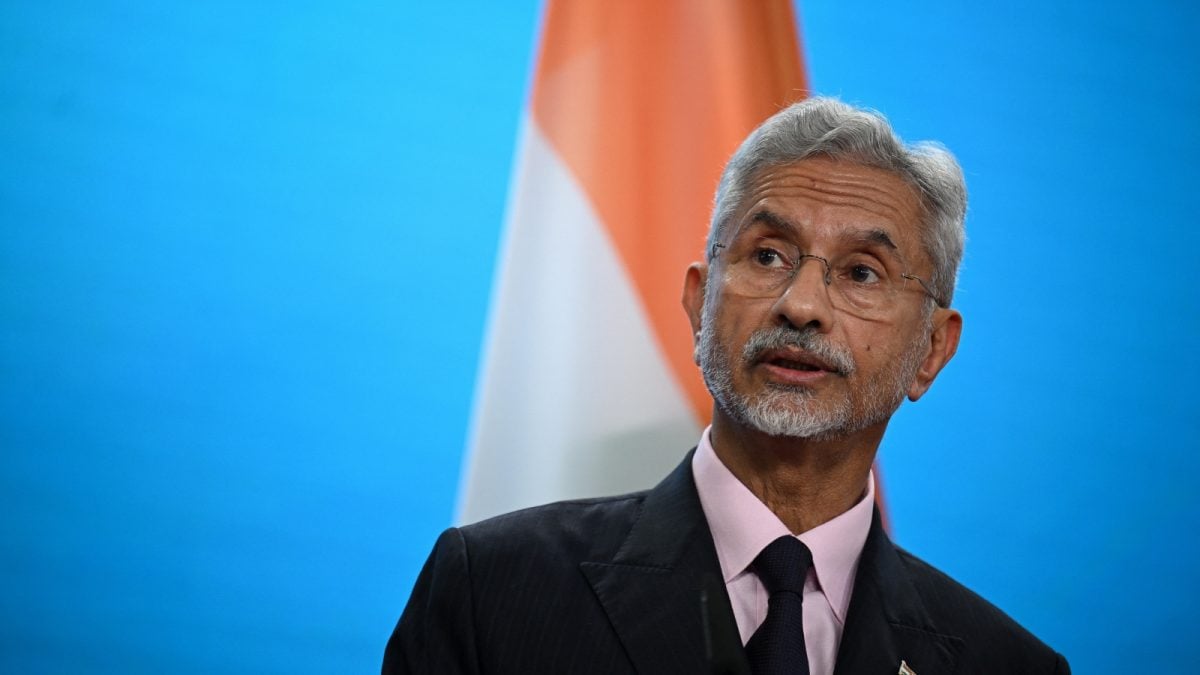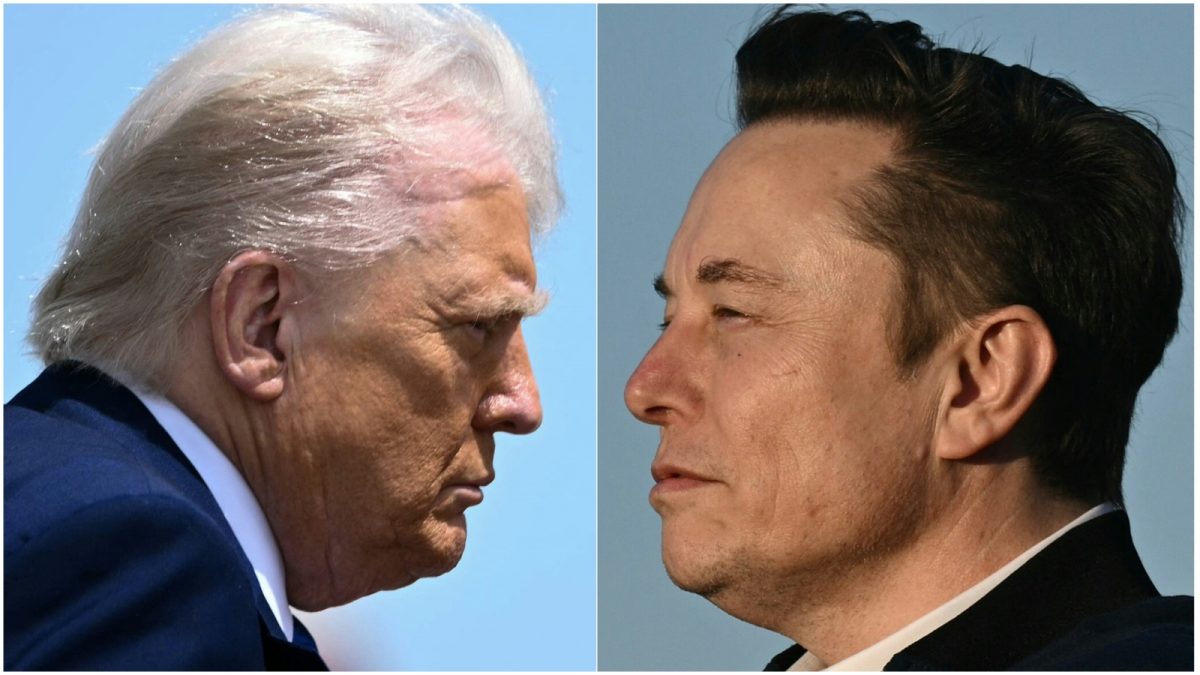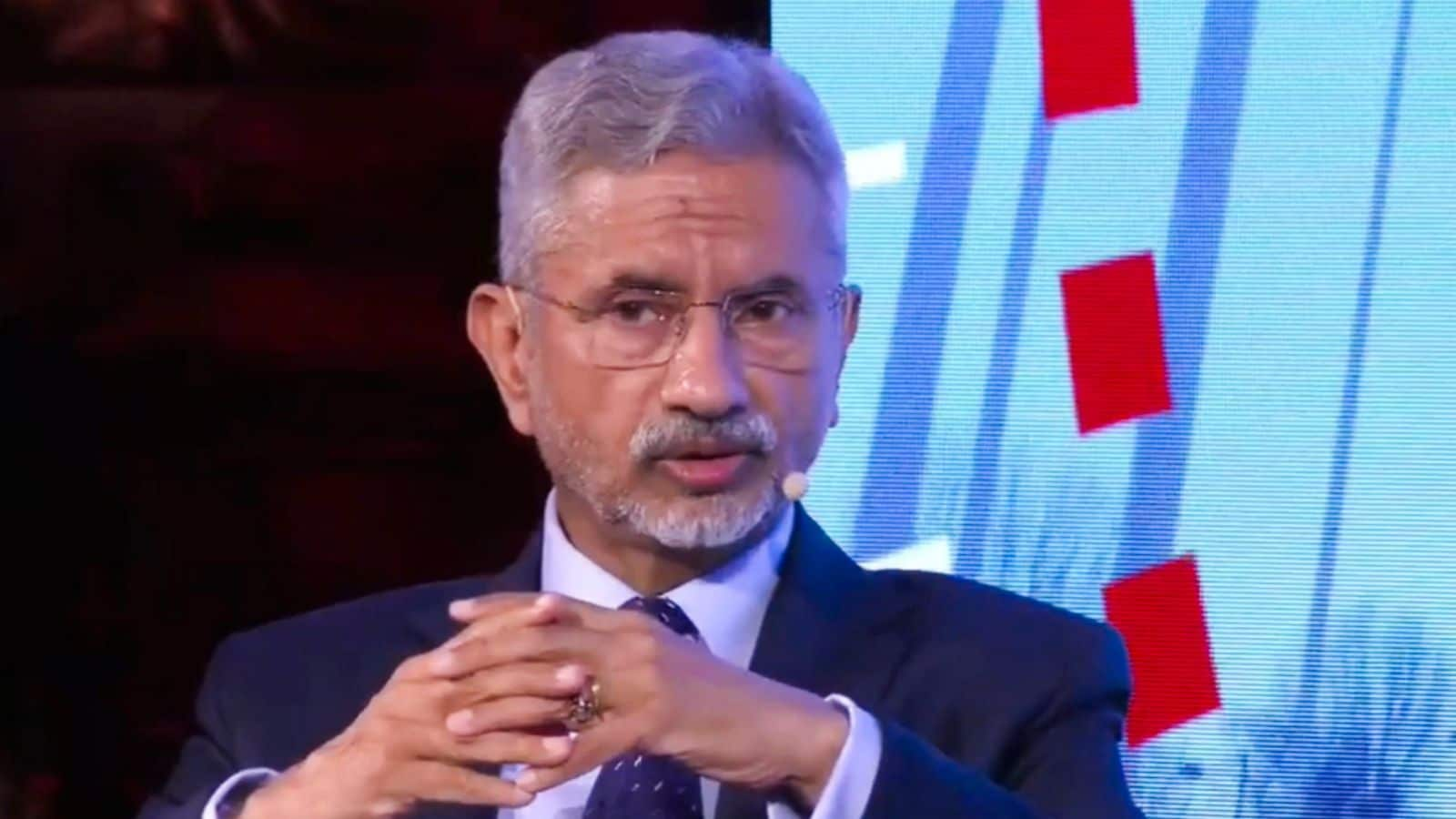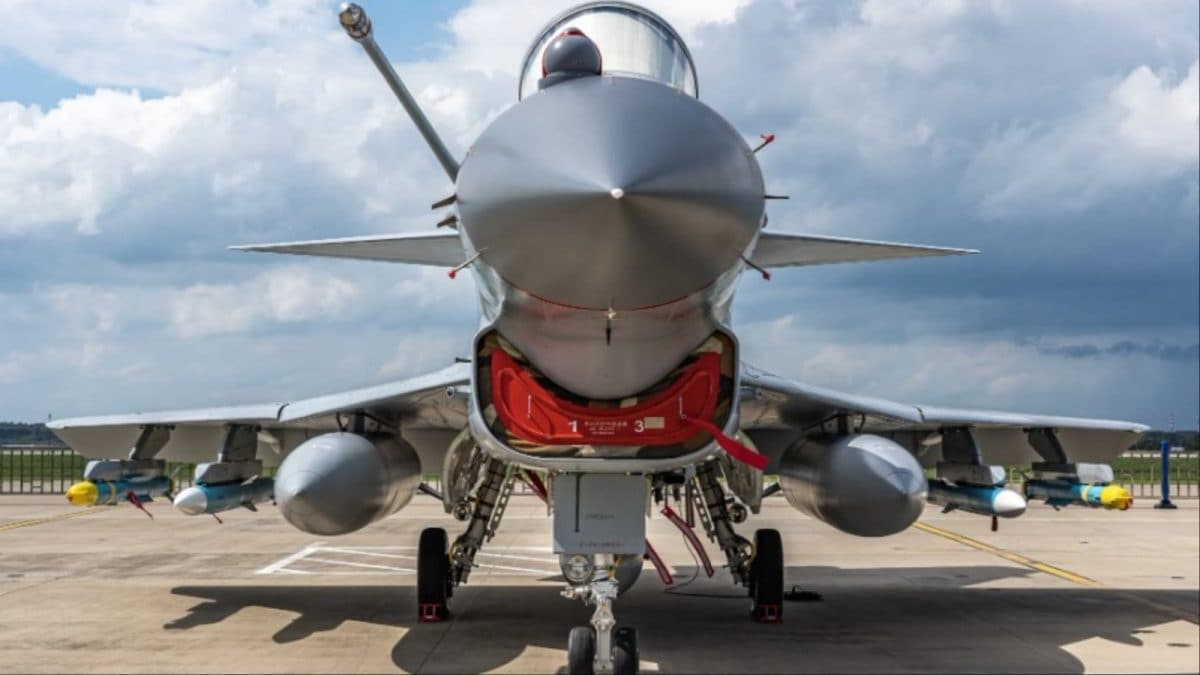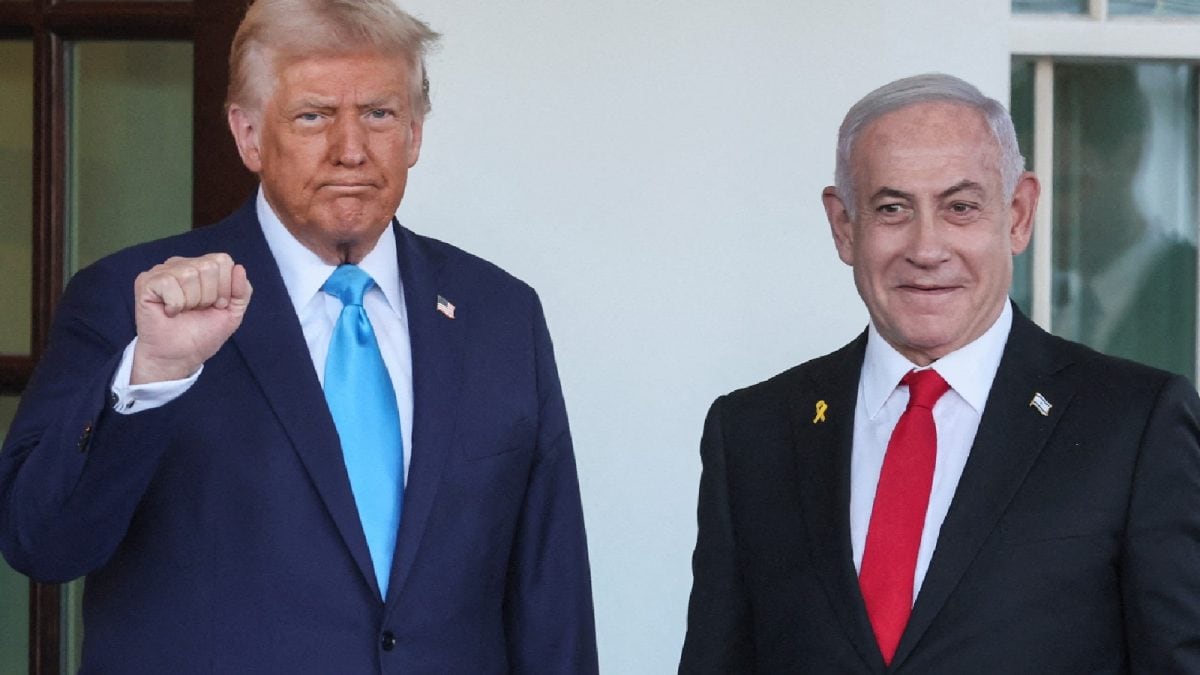Last Updated:May 11, 2025, 18:36 IST
As the May 10 ceasefire ended the conflict, News18 spoke to defence and government sources on what the threats mean

Pakistan cannot match India's military superiority. (News18)
tanWhile India showed its might in both defence and attack during the 100-hour conflict which started on May 7, Pakistan, be it the Army, Inter-Services Intelligence (ISI) or leadership, kept threatening India with nuclear weapons.
As India vowed justice after the April 22 Pahalgam massacre, defence minister Khwaja Asif had threatened India saying that if it dared to attack Pakistan, no one would survive. Pakistan Minister Hanif Abbasi had threatened nuclear retaliation, warning that Islamabad’s stockpile — Ghori, Shaheen, and Ghaznavi missiles along with 130 nuclear warheads — has been kept “only for India."
ALSO READ | How The 100-Hour Fight Displayed India’s Massive Strength, Pakistan’s Weaknesses | Exclusive
India responded to Pahalgam with Operation Sindoor, precision airstrikes on nine terror hubs in Pakistan and Pakistan-occupied Kashmir (PoK), on May 7. Pakistan kept provoking India, only to be countered by New Delhi’s strong defence systems each time. As the May 10 ceasefire ended the conflict, News18 spoke to defence and government sources on what the threats mean.
NO MILITARY SUPERIORITY
“Pakistan’s army lacks India’s conventional superiority in terms of scale, advanced weaponry such as S-400 systems or even the economic strength. In such a scenario, nuclear threats act as a great equaliser, deterring India from exploiting this imbalance," said sources.
Pakistan has developed short-range tactical nuclear weapons (TNW) such as Ghaznavi and Shaheen missiles to counter India. These missiles facilitate rapid conventional strikes.
“Pakistan’s nuclear threats against India reflect a mix of strategic desperation, domestic instability, and geopolitical posturing. It is a calculated, but risky strategy to mask systemic weaknesses, sustain proxy warfare, and deter Indian retaliation," they said.
ECONOMY, THREATS & CHINA
Pakistan’s economy is in freefall, with a $7-billion IMF bailout failing to stabilise inflation and debt. Baloch separatists, the Tehreek-e-Taliban Pakistan (TTP), and political opposition such as Imran Khan’s imprisonment threaten the military’s grip on power. The army establishment uses nuclear brinkmanship to rally nationalist sentiment and deflect blame.
“Escalating tensions with India create a rally-around-the-flag effect. The Pahalgam attack, linked to the Pakistan Army and ISI via a former commando of the Pak army and encrypted Chinese telecom equipment, suggests Pakistan’s use of proxies like Lashkar-e-Toiba to destabilise Kashmir," said sources.
Pakistan is dependent on China for military technology such as drones, missiles and diplomatic cover at the UN. “Nuclear threats signal to Beijing that Islamabad remains a critical ally against India. By framing Kashmir as an Islamic cause, Pakistan seeks solidarity from Gulf states and Turkey, leveraging pan-Islamist narratives to offset isolation. The Pahalgam attack, ISI’s role in shielding groups like LeT and its shadow group responsible for Pahalgam, The Resistance Front (TRF), and links to global terrorism such as the 26/11 Mumbai attacks and Osama bin Laden’s Abbottabad hideout fall into the definition of a rogue state…AQ Khan’s nuclear network, which is a supplier for Iran, North Korea, and the recent threats to sell nukes to other rogue states clearly suggest Pakistan’s disregard for non-proliferation norms," he said.
Location : First Published:News india Why Pakistan’s Army, ISI & Leadership Threatened India With Nuclear Weapons | Exclusive

 1 month ago
1 month ago
